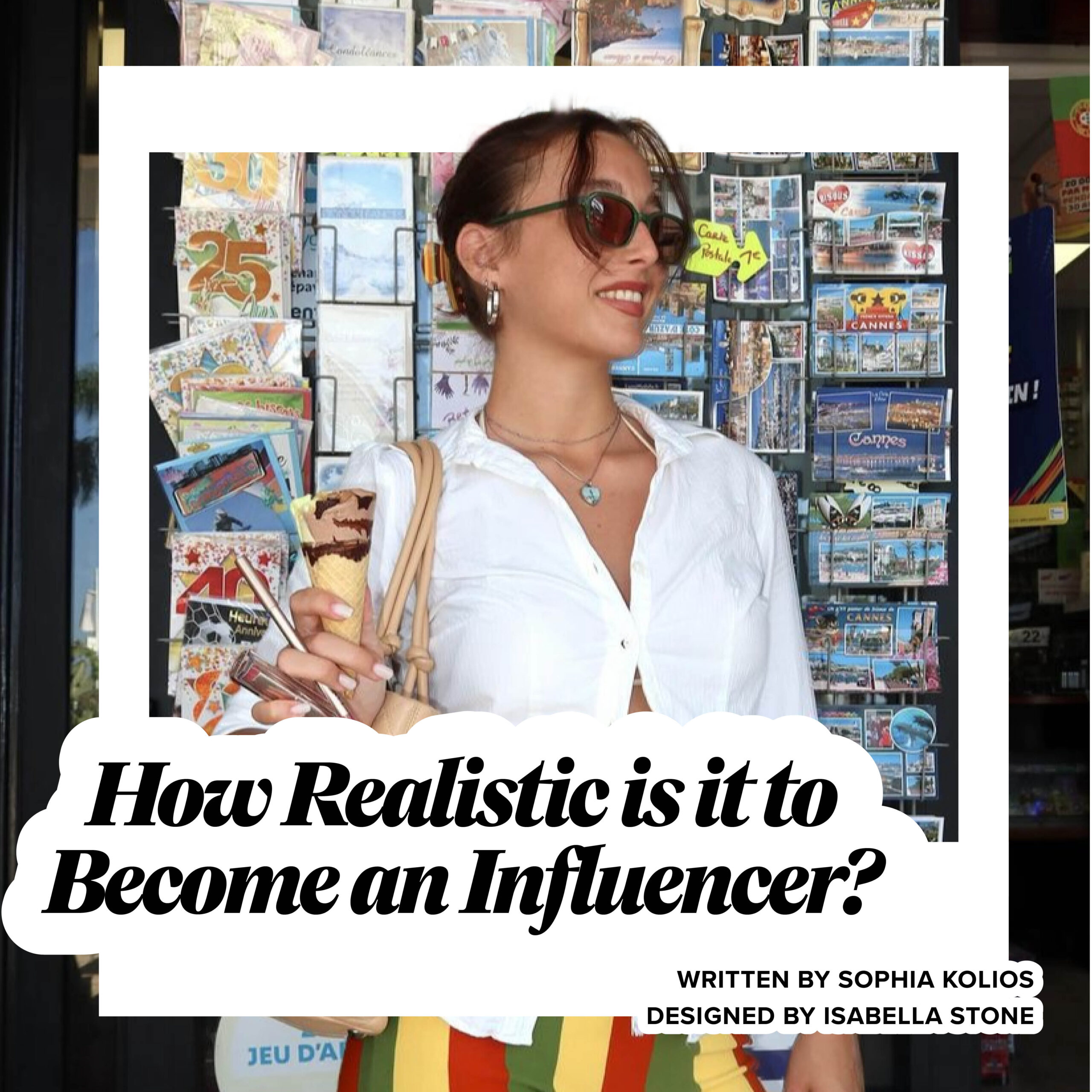
Since the early 2000s, people have utilized social media as a means of displaying their creativity in video, photo and audio format. Becoming a celebrity no longer means “ Hollywood star” but instead, YouTuber, gamer, lifestyle blogger, TikToker and influencer.
An influencer is defined as a person known to be an expert in a field with a steady following. This term has been around for decades; however, the evolution of the word is what is particularly striking. During the rise in popularity of YouTube, bloggers and vloggers seemed to be the great white sharks of the influencing ocean. From beauty gurus like Zoella and Bethany Mota, to comedy personas like Shane Dawson and Smosh, it is safe to say that nearly anything these big names did, bought or said, had some form of impact on their millions of viewers. Take the popularization of the sandbox video game “Minecraft” in 2011. Gaming creators on YouTube like PewDiePie, CaptainSparklez and StampyLongHead began posting “Let’s Play” series of the newly released game, boosting its popularity from four million sold copies of the game in 2012 to roughly 300 million sold copies as of 2023.
Fast forward to the explosion of social media platform TikTok throughout 2018 and 2019, where content creators like Charli D’Amelio and Addison Rae gained rapid popularity from posting dance videos. These creators naturally grew to have diehard fanbases, thus causing them to easily influence netizens. The concept of influencing others online picked up quickly over the span of the 2020 pandemic, with it being evident in microtrends. A microtrend is a short-lived trend that is specific to a niche or industry, and these grew in popularity during 2023 and 2024. An example of this is the “clean girl aesthetic” where the premise of being “clean” is financially exploited for aestheticization. Social media as a whole decided this style of self-presentation is deemed “trendy” and thus rewarded creators who fit this standard with large followings. Young girls under the age of 13 started storming their local Sephora’s for retinol creams and cucumbers suddenly became the new pasta. Influencers gripped the Internet in a chokehold as they seemed to have mastered the secret of marketing — if you have a steady following with hardcore fans, you can make millions of dollars overnight, just like the Hawk Tuah girl.
On June 11, TikTok viewers lost their minds over a street interview posted by the YouTube channel Tim & Dee TV, featuring an ordinary-looking young woman answering the question, “What’s one move in bed that makes a man go crazy every time?” Her response, “you gotta give ’em that ‘hawk tuah‘ and spit on that thang” spoken in her Southern accent, took the Internet by storm as she became an overnight viral face. Following her popularity, she was quick to attain a social media team to release merch and even start her own podcast called “Talk Tuah.” The controversy surrounding her viral success is that she essentially did nothing to blow up. One ordinary 21-year-old woman from Tennessee, named Haliey Welch, was out one day at a bar with her friend when the interview found her.
So, how possible is it to become a viral influencer? One decade ago, it would have taken clever editing and a witty sense of humor to gain popularity and earn the attention of major brands, but these days it feels like a matter of luck and relevancy with recent trends. Many individuals on social media work hard and invest time and money into creating quality videos in hopes of a video gaining traction or general exposure, but to no avail, cannot make it past the micro-influencer title. On the other hand, gaining popularity feels like a game of chance, just like the Hawk Tuah incident.
Overall, it is far more realistic and attainable to become an influencer as so many brands these days are reliant on this form of marketing and promotion; however, since so many people are now trying to enter this field of lifestyle, it makes the pool significantly more competitive.